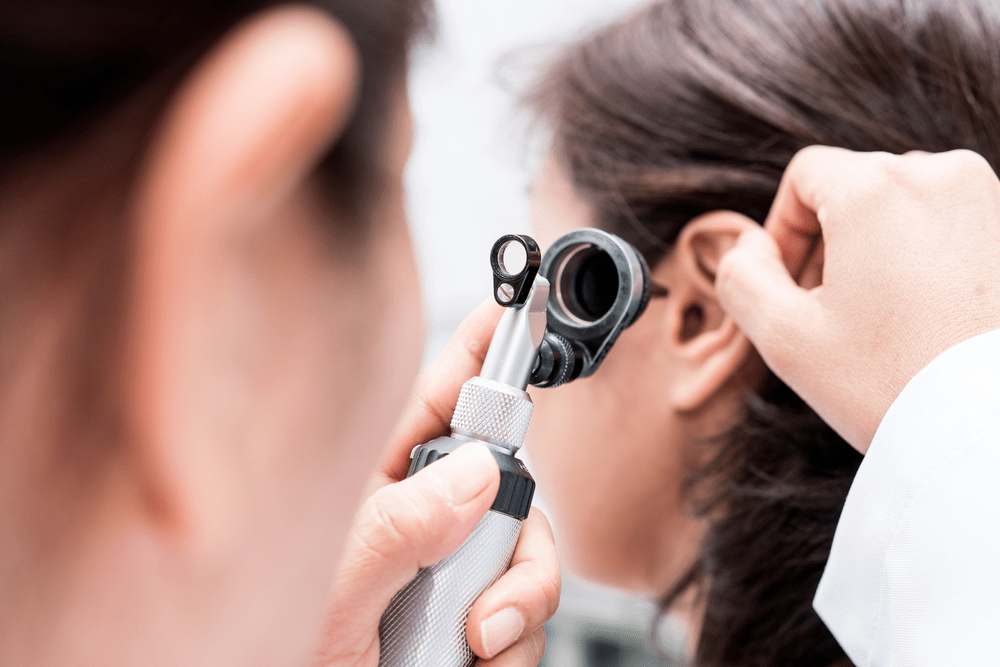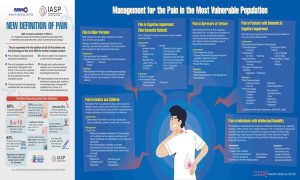Imagine life without sound. We can no longer listen to our favorite tunes, there is difficulty communicating with others, and it becomes challenging to navigate through the environment. Just like sight and touch, our sense of hearing enables us to perceive and understand the world on a deeper scale.
To live a happy and comfortable life, it is vital to take care of the ears (or any of the other senses, for that matter). For a musician, firefighter, or anyone who works at a job that requires excellent auditory skills, it is essential for them to prevent any disorder related to hearing. Before we dive deep into the different kinds of ear disorders, it is crucial to get a clear picture of how this organ works.
How do ears work?
Whenever a sound is produced, it travels through the environment in the form of waves. The shape of a wave may depend on different factors, such as its volume and frequency. However, individual perception of noise depends on circumstances such as hearing quality, source, equipment, distance, and environmental acoustics.
The human ear has four main parts: the outer ear, eardrum, middle ear, and inner ear. To simplify things, here is the hearing process in five steps:
- Sound is absorbed by the outer ear and enters the ear canal. The sound naturally finds its way through and reaches a tiny membrane called the eardrum.
- Once sound waves reach the eardrum, it vibrates and passes it on to three tiny bones (known as the ossicles) in your middle ear.
- Vibrations will set the ossicles in motion and cause the fluid in the cochlea (inner ear) to move.
- The cochlea has many tiny hair cells, and the motion of its fluids makes them bend.
- Movement of these hair cells is transformed into electrical pulses and transmitted to the brain for interpretation.
How to treat these common ear disorders?
Ear infections
- Outer ear infection
- Middle ear infection
- Inner ear infection
A person diagnosed with an inner ear infection may actually just have a case of inflammation, not an actual infection. Along with pain, other symptoms include dizziness, nausea, and vomiting. An inner ear disorder may be a sign of a more severe condition such as meningitis.
Treatment will depend on the type, but outer and middle ear infections generally need prescribed antibiotics. Over-the-counter pain relievers and anti-inflammatory medication may be used to manage the symptoms.
Blocked ears (impacted earwax)
The body naturally produces earwax to lubricate and protect the ears from bacteria. It usually grows inside the ear canal, but eventually gets pushed out by chewing motions and other jaw movements. Most people do not need to clean their ears since it is a self-cleaning organ. Typically, it will either flake off or fall out of the ears at one point.
However, there are some instances wherein the wax builds up and blocks the ear canal. This usually occurs when people use items such as cotton swabs to clean their ears. If you use them daily, know that this will only push the earwax further into the ears and make it hard for them to fall off.
Once there is a blockage, it can lead to complications such as irritation, bad odor, and hearing loss. At the same time, blockage in the ear canal may make it difficult for professionals to monitor the other organs and diagnose problems.
Otosclerosis
Otosclerosis deals with growth abnormalities in the middle ear’s bones. Since every part of the ear plays a role in processing vibrations, anatomical alterations in its bone structure may prevent it from interpreting sound correctly. Hearing deficiencies depend on which bone is affected, but in most cases, it usually affects the stapes, which is located near the entrance of the inner ear.
Just like any other ear complication, otosclerosis’s most frequent symptom is hearing loss. To be more specific, people who have the disease have a hard time hearing low-pitched and low-volume sounds. Over time, the person diagnosed may also experience symptoms such as dizziness or tinnitus (a ringing sound in the ears).
Medical research has yet to discover the causes of otosclerosis. However, experts were able to conclude that it is hereditary. If the disease runs in one or both sides of the family, its prevalence can increase from 25 to 50%. Once an audiologist rules out all other conditions, an ear surgeon (or otologist)removes the diseased bone and replaces it with a prosthetic device.
Meniere’s disease
Meniere’s disease is a chronic illness of the inner ear that results from the overproduction of fluids known as endolymph. Early signs include episodes of dizziness, hearing impairments, tinnitus, loss of balance, or pressure in the ear. The severity of its symptoms may fluctuate over time, but recovery may ultimately depend on the person’s overall health.
Similar to otosclerosis, its primary cause is yet to be discovered. Fortunately, several treatment methods are available to provide relief. Videonystagmography, posturography, and video head impulse tests are just some of the techniques that medical professionals use.
Ear Barotrauma
Barotrauma is an injury caused by exposure to high air and water pressure. When one flies on a plane or goes for a scuba dive, he or she may feel some form of ear discomfort due to its high sensitivity to pressure. This makes a person susceptible to ear barotrauma.
In most cases, it may not be as severe as the other diseases mentioned above. But when left unmanaged, it can still cause symptoms such as dizziness, hearing loss, and pain. Luckily, ear barotrauma can be treated by taking decongestants, chewing gum, and yawning.
Hear Us Out!
Maintain a high quality of life by taking a proactive approach to your ear health. Taking care of your ears should be just as important as maintaining your eyesight or other senses. Ear deficiencies not only impact your hearing but also pave the way for other kinds of complications.
Are you constantly experiencing pain in your ears? Do you feel that your hearing quality has been impaired? If you are starting to feel discomfort or showing symptoms of an ear problem, seek treatment immediately. Contact Makati Medical Center’s ENT Center for consultation or treatment.











